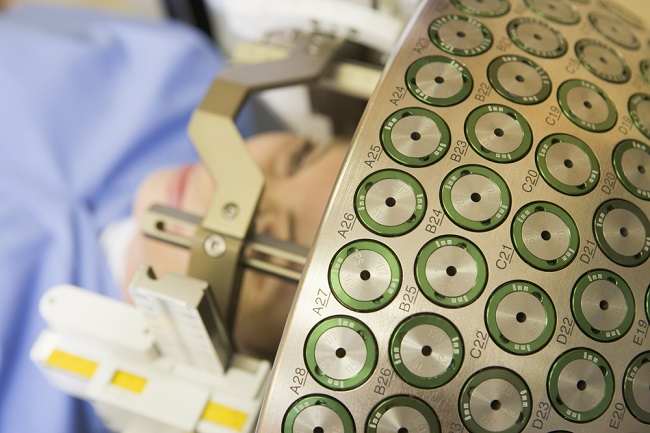Various types of diets with the promise of being able to lose weight by quickly, should not be followed immediately. you dsuggest to considerfirst possible benefits and risks, including the Atkins diet.
The Atkins diet was introduced by a cardiologist named Robert Atkins in 1972. This diet seeks to control carbohydrate intake, and consume more protein and fat instead. This diet is similar to another type of diet, namely the Dukan Diet. However, the Dukan diet emphasizes a diet high in protein and low in carbohydrates and fat.

However, the effectiveness of the Atkins diet for losing and maintaining weight is still not supported by strong research results.
Benefits of the Atkins Diet
To obtain energy, the body burns fat and carbohydrates. The Atkins diet considers reducing carbohydrates to make the fat burning process more effective. Because, the body will then prioritize burning fat as an energy source. This can promote weight loss.
Like weight loss efforts, the Atkins diet also has the opportunity to improve cholesterol and blood sugar levels. A study shows, the Atkins diet can improve triglyceride levels in the blood, although it is not known how long this effect will last. This diet is also thought to help reduce the risk of diabetes, high blood pressure, metabolic syndrome, and heart disease.
Atkins Diet Risks
However, in addition to the benefits, there are also risks to the Atkins diet that need to be considered, such as dizziness, headaches, fatigue, weakness, nausea, diarrhea, or difficulty defecating. This occurs due to a decrease in carbohydrate intake.
There is also a risk that is classified as dangerous during the early stages of the Atkins diet, due to a lack of sugar or carbohydrate intake for energy, namely ketosis. Ketosis is the body's way of digesting stored fat and producing ketones as waste. Some of the symptoms that are complained of due to ketones that accumulate in the body are nausea, headaches, bad breath, and psychological changes.
Ketosis that occurs in the long term can trigger a more serious condition, namely ketoacidosis. This condition occurs when ketones build up in the blood and become toxic. Ketoacidosis can lead to coma and death. The risk of ketoacidosis will increase in people who have diabetes and have an excessive diet.
Atkins Diet Phase
There are 4 phases that must be followed when someone is on the Atkins diet, namely:
- First phase
Limit the consumption of carbohydrates to only 20 grams per day for two weeks. It is recommended to eat foods that are high in fat and high in protein, as well as low-carb vegetables such as green vegetables. In this phase usually weight begins to decrease.
- Second phaseStart adding a few healthy carbohydrates, especially those from vegetables, fruits, nuts, potatoes, whole grains, and brown rice. This phase should be continued until the remaining 4.5 kg of the desired body weight.
- third phaseMay add 10 grams of carbohydrates from vegetables that contain starch (starch), fruits, and whole grains. Done up to a month after the desired weight is achieved.
- Phase fourthAfter the desired weight is achieved, do this phase for a lifetime. In this phase you can eat as many healthy carbohydrates as your body can tolerate without gaining weight.
Although there is an assumption that the Atkins diet is beneficial, it does not mean it can be applied to everyone. Those of you who use insulin or diabetes drugs and diuretic drugs, are advised to be more careful in doing the Atkins diet. Meanwhile, people with kidney disease, pregnant women, and breastfeeding mothers are not recommended to undergo the Atkins diet.
Always consult a dietitian before starting the Atkins diet, or any diet for weight loss.









